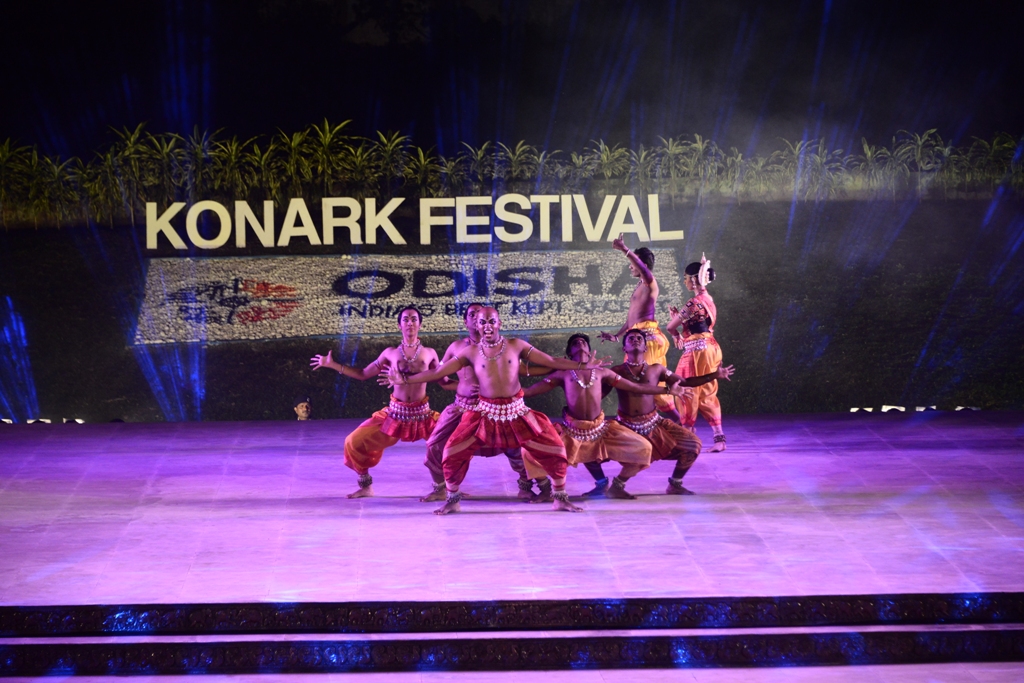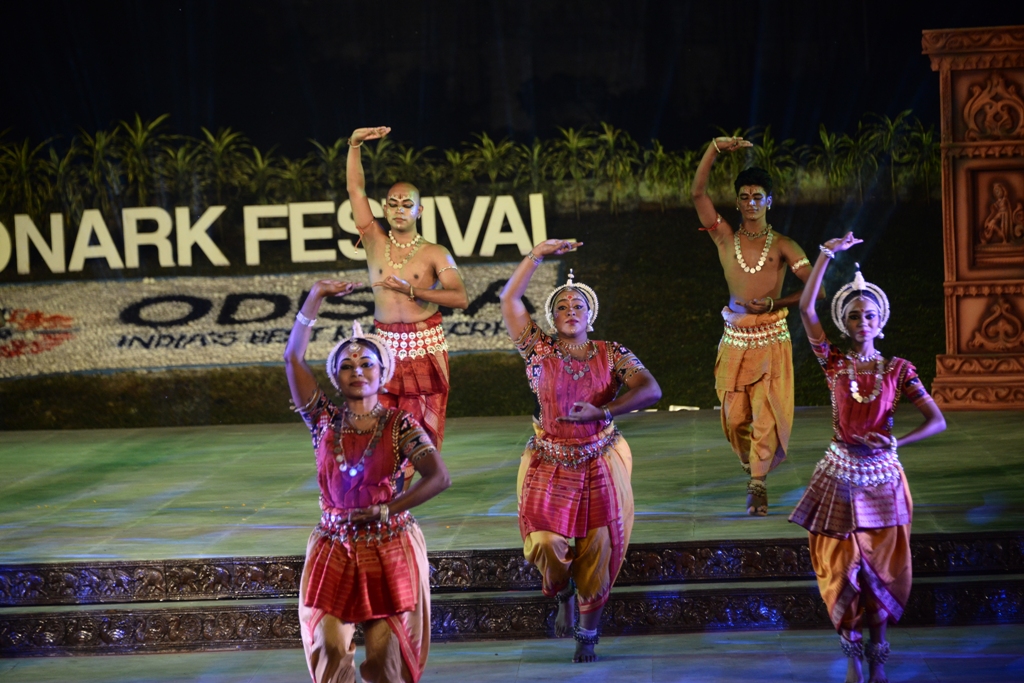Against the majestic backdrop of the Sun Temple, the 33rd edition of Konark Dance Festival began on Thursday. The festival, considered to be one of the major cultural events of the country, has been hosting the best of choreographers and dancers in the field of Indian classical dance. Year after year, we have seen the most influential choreographers, presenting their work of creative innovations in front of the 13th-century architectural marvel which epitomises Odishan arts and culture. Looking at the history of this festival one would expect the same standard and the same quality. Unfortunately, the quality of production is gradually declining.
This year, when the agenda of the festival was unveiled, hope was high from the invited choreographers. The festival began with the performance of internationally-acclaimed Sutra Foundation of Malaysia led by renowned Odissi maestro Ramli Ibrahim. As proclaimed, Sutra’s production is inspired by Rama Nataka, a folk theatre widely performed in southern Odisha. However, somehow there was a huge gap between original Rama Nataka and the new Odissi production.

How many times does Ravana explode with laughter in our village Ramleela or Rama Nataka? Does he laugh like Bollywood’s Mogambo or Thanos of Hollywood? Do we play Rama Nataka or the play of Lord Rama like a circus? The answer will be a thumping NO, but in a choreography presented at Konark Dance Festival 2022, renowned dancer and choreographer Ramli Ibrahim put together all these commercial crash elements and branded it as ‘Rama Nataka’. Ramli presented a boringly long performance which can at best be called a “poor man’s circus and an amoeba-like arranging and rearranging of a poorly trained group of dancers”.

The production began with an ovation where a fierce-looking bald dancer appeared on stage jumping, thumping, and overacting the part of Ravana. God only knows, what was the role of ferocious Ravana in the Mangalacharana where you pay an ovation to Lord Rama! Somehow, the flow of the choreography was expected to go up, but it stuck to a pathetically low pitch and stagnated on a particular scale. The narrative of Ramayana was portrayed in a dry and predictive manner and sometimes it hurt artistically sensible eyes. The way Ravana violently lifted Sita and snatched her away was truly crash and devoid of classical sensibilities. (Mind it, Ravana was not a criminal or villain. He had his own logic and civility in Sita Harana context.) The accompanying music was original, but the choreography was asymmetric, chaotic, and lacked discipline. Earlier Sutra was known for its disciplinary group work and fast-moving well-trained dancers. During those days, I opined that they were superb as dancers but fell short of ideas. Now they have a proper idea but lack a good group of dancers.

The concluding performance by Kathak maestro Rajendra Gangani and his group focused more on the technical aspects of Kathak. Showcasing the intricate Chhanda, Laya, and Gati of Kathak, Rajendra, no doubt a dancer of great capacity, demonstrated his mastery as a soloist. As a group, they need to walk a long way.




